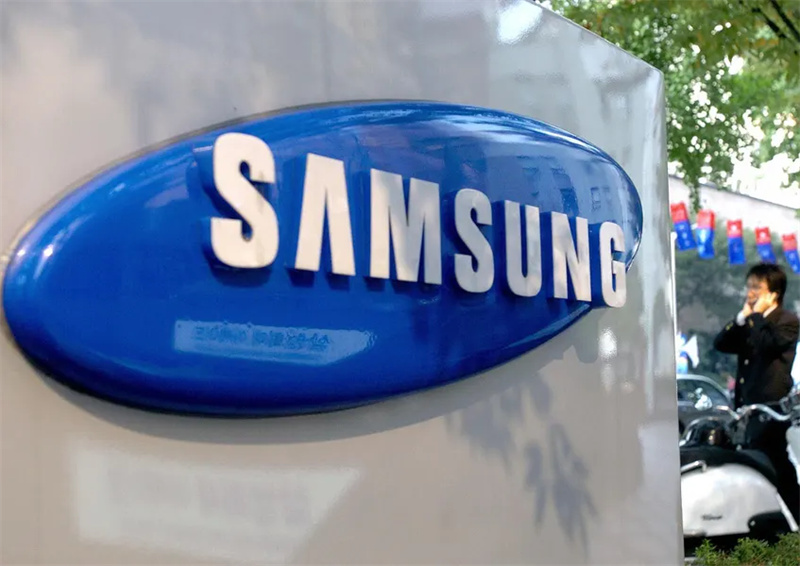Samsung Electronics plans to phase out production of DDR4 memory modules by the end of 2025, marking a major industry shift toward next-generation memory technologies. The company has reportedly informed PC makers that final orders for DDR4 modules must be placed by early June, with shipments of 8GB and 16GB SODIMM and UDIMM modules to be completed by December 10.
This strategic move aims to free up production capacity for more advanced and profitable products, including DDR5, LPDDR5, and high-bandwidth memory (HBM) used in GPUs and AI systems. Samsung will also reduce output of DDR4 chips produced using older 1y nm nodes, with the 1z nm process expected to enter end-of-life (EOL) status by 2026. DDR4 supply will ultimately phase out completely by 2027.
The decision comes amid increasing pressure from Chinese manufacturers such as Changxin Memory Technologies (CXMT) and Fujian Jinhua, whose aggressive pricing—reportedly up to 50% below market rate—has squeezed margins for global DRAM suppliers. CXMT's capacity is expected to reach 300,000 wafers per month by the end of 2024, further depressing DDR4 prices.

With Samsung shifting resources to next-generation memory, the supply of older DDR4 chips is tightening. Some memory module makers have begun stockpiling inventory to manage volatility. U.S. tariffs of 245% on Chinese memory products, imposed during the Trump administration, have also pushed DDR4 prices up by around 10%, creating opportunities for Taiwanese suppliers like Winbond and Nanya Technology to fill the emerging supply gap.
Other major DRAM makers are also adjusting their strategies. Micron has announced it will end production of certain older-generation DDR4 modules for servers, while SK Hynix reportedly plans to cut DDR4 production to just 20%, though a final timeline has yet to be confirmed.
Industry insiders note that demand for lower-end LPDDR4 used in budget smartphones is already shifting toward Chinese suppliers, prompting Samsung to focus on LPDDR5 and higher-end solutions. Meanwhile, Chinese DRAM firms are accelerating development of advanced memory products, with HBM3 and HBM3E expected to launch domestically between 2026 and 2027.
While uncertainties remain, Samsung's exit from DDR4 is expected to reshape the global DRAM landscape and accelerate adoption of newer, higher-performance memory technologies.
+86 191 9627 2716
+86 181 7379 0595
8:30 a.m. to 5:30 p.m., Monday to Friday
